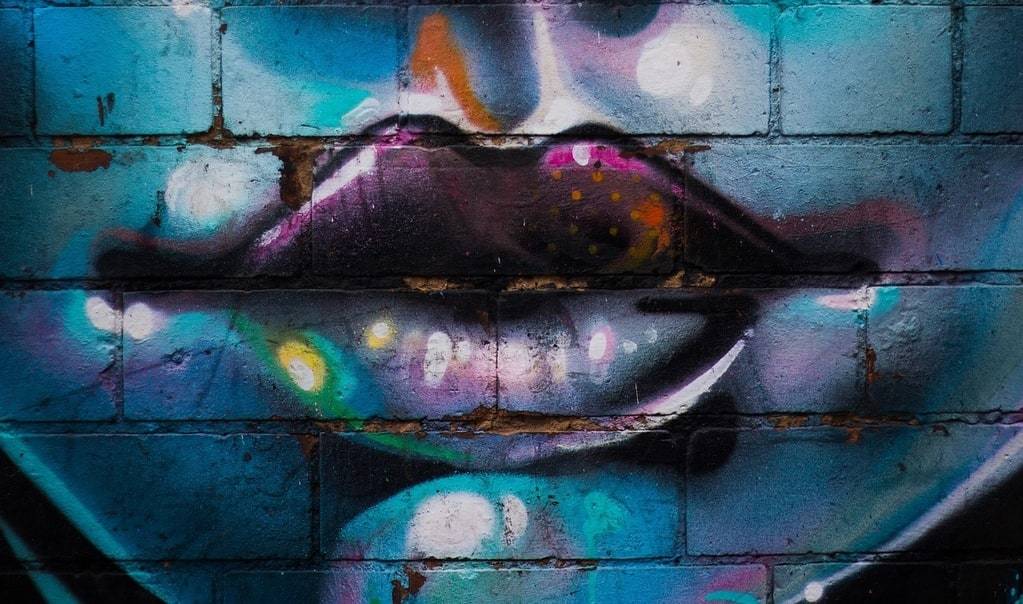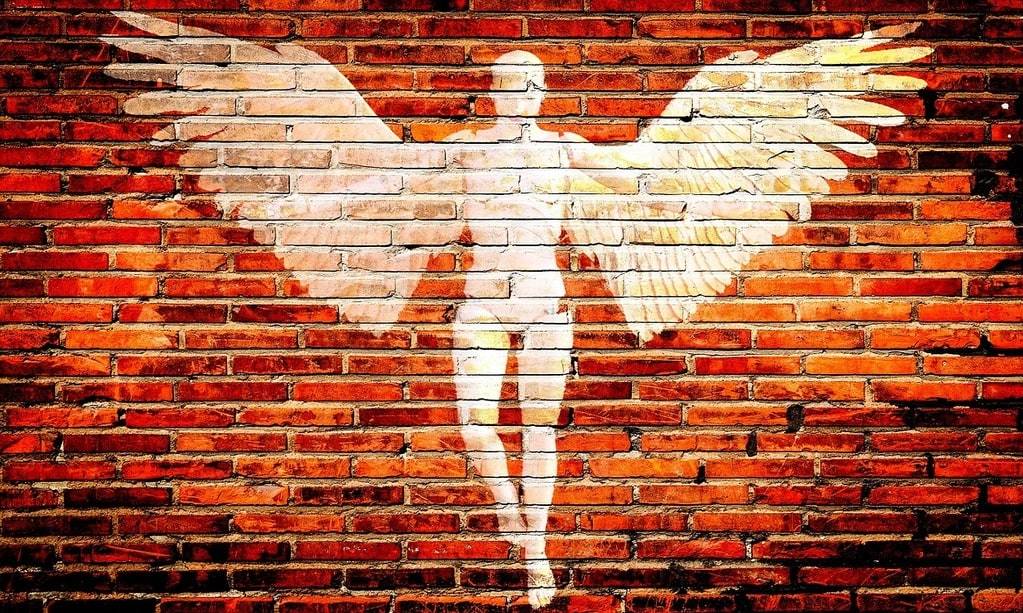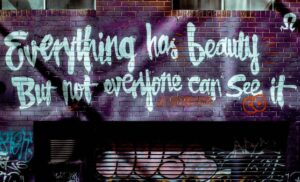Art has always been a reflection of society, pushing the boundaries of expression and innovation. Over the past few decades, contemporary art has evolved to embrace new forms, materials, and technologies, challenging traditional concepts and redefining what art can be. Artists around the world are exploring new frontiers, merging diverse influences and techniques to create works that are not only visually captivating but also provoke deep thought and reflection.
Pushing boundaries and redefining contemporary art
In contemporary art, the exploration of new mediums and themes is a key characteristic that sets it apart from previous movements. This journey often involves a dialogue between the past and the present, as well as the incorporation of cutting-edge technologies. Installations, digital art, and interactive exhibits are now part of the contemporary art landscape, showcasing the myriad ways artists are pushing the limits of their creativity. These works frequently engage the viewer in novel ways, encouraging them to interact, reflect, and question.
One notable trend in recent years is the integration of artificial intelligence and machine learning in the creation of art. Artists are leveraging these technologies to explore the boundaries between human and machine creativity. This raises fundamental questions about authorship, intent, and the role of technology in the creative process. The result is a body of work that not only captures the audience’s attention but also offers a glimpse into the future of artistic creation.

Embracing new mediums and technology
Contemporary artists are no longer limited to traditional materials like canvas or clay. Instead, they are experimenting with everything from recycled materials to digital interfaces and virtual reality. The emergence of new technology has broadened the scope of what can be considered art, providing artists with an expanded toolkit to express their visions. For instance, the use of 3D printing allows for the creation of intricate sculptures that would have been impossible with conventional methods.
Artists are also exploring virtual spaces to present their work, creating immersive experiences that go beyond the physical realm. Virtual galleries and augmented reality exhibits are gaining popularity, offering new ways for audiences to engage with art. This not only democratizes access to art but also provides a platform for artists to reach a global audience.
Breaking conventions with themes and narratives
In addition to embracing new mediums, contemporary art often challenges established themes and narratives. Artists are using their platforms to address complex social, political, and environmental issues. Through bold statements and unconventional perspectives, they invite the audience to consider new viewpoints and engage in meaningful conversations.
One striking example is the focus on climate change and environmental sustainability in contemporary art. Artists are creating works that highlight the urgency of these issues, using a variety of techniques to evoke emotional responses and spark action. This type of art serves as both a mirror and a catalyst, reflecting the world as it is while pushing for change.
Notable trends and emerging movements
Several new movements have emerged within contemporary art, each exploring unique concepts and approaches. From the use of artificial intelligence to collaborations with scientists and technologists, artists are continuously expanding their practices. Below is a bullet list summarizing some of the most notable trends and movements currently shaping contemporary art :
- Digital and AI-driven art: utilizing algorithms, machine learning, and other digital tools to create unique visual and auditory experiences.
- Eco-art: art focused on environmental themes, often using sustainable materials and practices.
- Socially engaged art: projects that involve collaboration with communities to address social issues.
- New media installations: incorporating video, sound, and interactive elements to create multisensory experiences.
Future perspectives in contemporary art
As the world continues to change, contemporary art will undoubtedly evolve with it. Artists will likely delve deeper into the intersections of technology and creativity, exploring uncharted territories that blur the lines between different disciplines. With advancements in virtual reality, blockchain technology, and even biotechnologies, the art of tomorrow could look very different from what is being produced today.
Contemporary art’s strength lies in its ability to adapt and redefine itself. This adaptability allows artists to remain relevant in a rapidly changing world, offering fresh perspectives on the human experience. By constantly pushing boundaries, contemporary artists continue to shape the cultural landscape, ensuring that art remains a powerful tool for communication and transformation.

